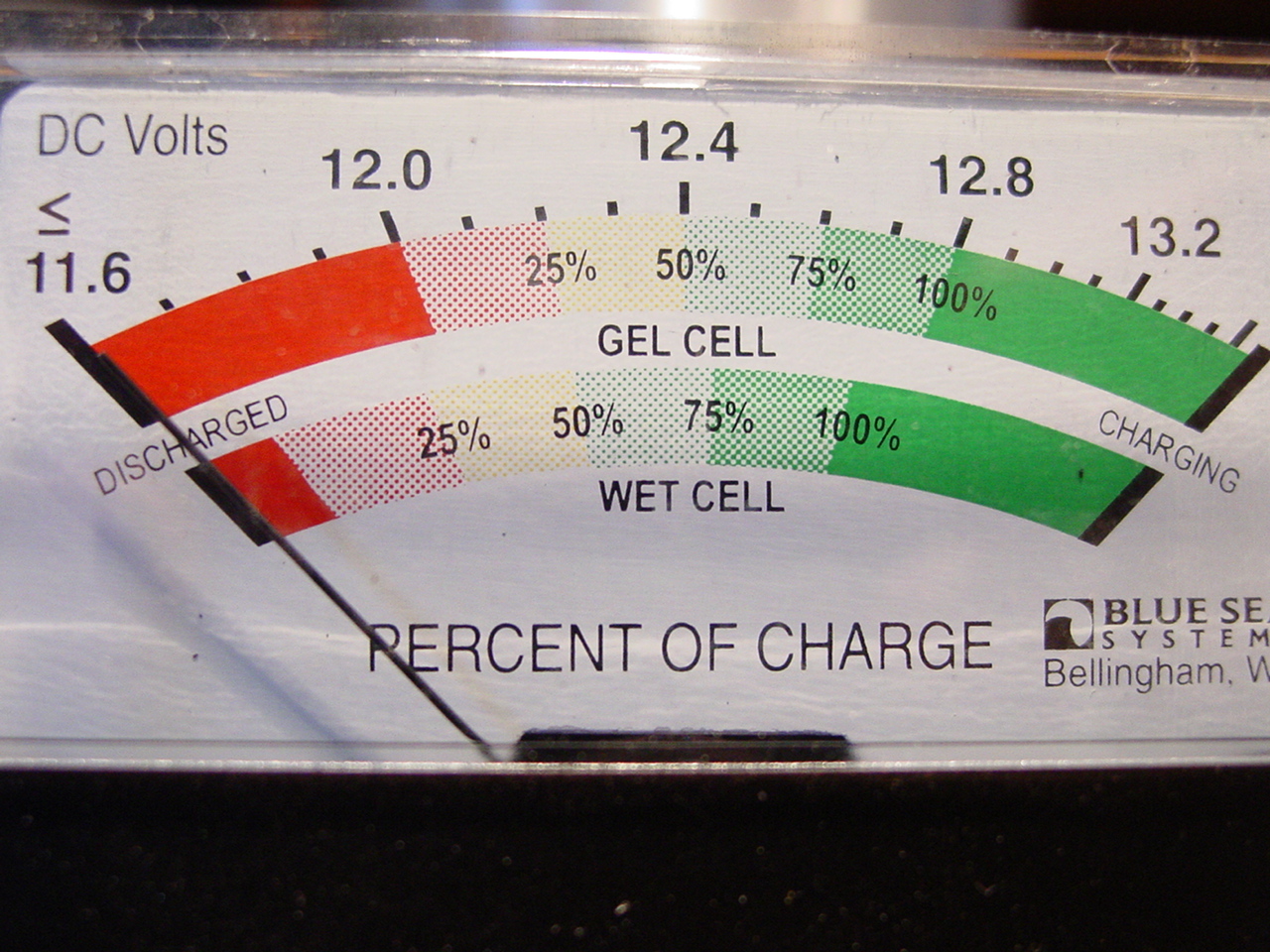firstbase
Guru
- Joined
- Nov 6, 2016
- Messages
- 1,644
- Location
- United States
- Vessel Name
- Black Eyed Susan
- Vessel Make
- Grand Banks 42' Classic
I purchased a battery analyzer (for the record a Foxwell BT705). Load test, starting,charging. I have 8D's, smart charger, combiner, inverter, and hooked up to shore power. Having an offline discussion with another TF'r about the correct way to test batteries. Do I need to rest the batteries prior to testing? Turn off all power, dead boat so to speak? Simply pull the boat off shore power ...disconnect the batteries totally? Thanks for any comments!




